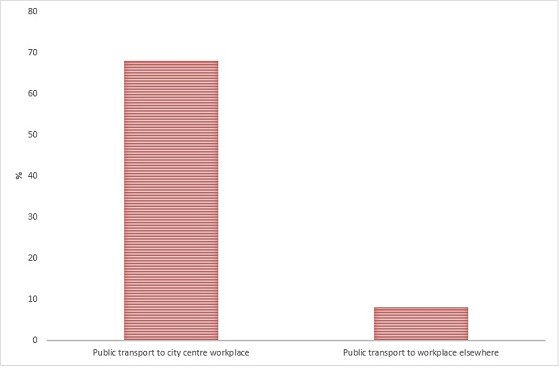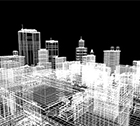
John Quiggin posted an interesting article on his blog on Thursday, Who should be licensed to use the road?, that in part addresses some of the same themes I’ve discussed this week i.e. elderly drivers and Qld’s proposed one metre overtaking rule.
He goes on though to discuss another important issue: what to do about motorists who habitually drive aggressively. The current points system (in Qld), he says, is absurdly lenient on drivers who have a long record of traffic violations and at-fault involvement in crashes.
The 12 point allowance lets drivers be convicted over a serious offence (running stop lights, speeding in a school zone etc) every year without any restriction on driving, and the suspension period for violators is only a few months.
Professor Quiggin argues that irrespective of age, the right to drive should not be regarded as “a natural right…to be withdrawn only in extreme circumstances.” Aggressive drivers, he says, should be taken off the road.
I’d suggest a lifetime allowance of 24 points, with permanent restrictions thereafter, as well as reducing the three year allowance to 8 points, and increasing suspension periods.
I agree with his general sentiment. It’s ridiculous that the penalty for a motorist who habitually drives in a way the law thinks poses a high risk of killing or seriously injuring others only provides a limited restriction on driving.
There’s a good discussion in the comments section, but the issue I want to address is the idea that the right of offenders to drive shouldn’t be withdrawn by the Courts because the car-oriented design of Australian cities makes life without wheels too onerous.
Public transport in metropolitan areas is too poor, the reasoning goes, to expect anyone, even proven dangerous drivers, to be denied access to their car for a lengthy period.
I think that’s a dubious proposition, at least in cities. Public transport is available in almost all parts of metropolitan areas, even in the outer suburbs.
Yes, in most areas the service frequency and span of operating hours is much lower than in the inner suburbs and travelling time from many origins to many destinations is much longer than it is by car.
It’s true public transport is in most cases not as convenient as a car. Of course it’s not – trains and buses aren’t cars!
By definition, public transport carries a range of unrelated people to a range of destinations, so it necessarily involves compromises that cars don’t e.g. walking, waiting, transferring.
Travellers don’t pay any of the capital costs and only around a third of the operating costs, so it isn’t politically feasible to provide car-like trip times from every origin to every destination at all times of the day.
In my view it’s reasonable to expect someone who’s been convicted of a serious driving offence to organise their lives around a walk of up to 800 metres to get to a stop or station; to deal with a one hour frequency and services that cease at 10 pm; and negotiate travel times that might be up to two or three times longer than driving the same trip.
After all, members of the population who don’t drive at all – they’re mostly young, disabled, elderly or poor – routinely organise their lives around the limitations of public transport.
There’s a general point here too: it’s unreasonable to expect public transport to deliver the same benefits as cars while simultaneously providing greater sustainability and supporting high employment and population densities.
It can do it in the city centre because of the massive legacy of ‘spoke and hub’ rail infrastructure and because cars are rendered less competitive by congestion and parking costs (1).
But the centre only accounts for a small proportion of all metropolitan trips. The great bulk of travel is between dispersed origins and dispersed destinations in the suburbs. Most of it is for non-work purposes.
Even with the sort of high frequency ‘grid’ many transport planners aspire to (e.g. see How can public transport work better in our cities?), driving will in most cases still be faster and more convenient than public transport.
We need better public transport in our cities because it provides significant social benefits. But we shouldn’t make the mistake of expecting it to behave like a car. It’s not private transport; it’s public (i.e. shared) transport.
_________________________
- Cars can be made less competitive relative to public transport by policy e.g. permitting congestion to increase; increasing taxes/charges on drivers








Crikey encourages robust conversations on our website. However, we’re a small team, so sometimes we have to reluctantly turn comments off due to legal risk. Thanks for your understanding and in the meantime, have a read of our moderation guidelines.